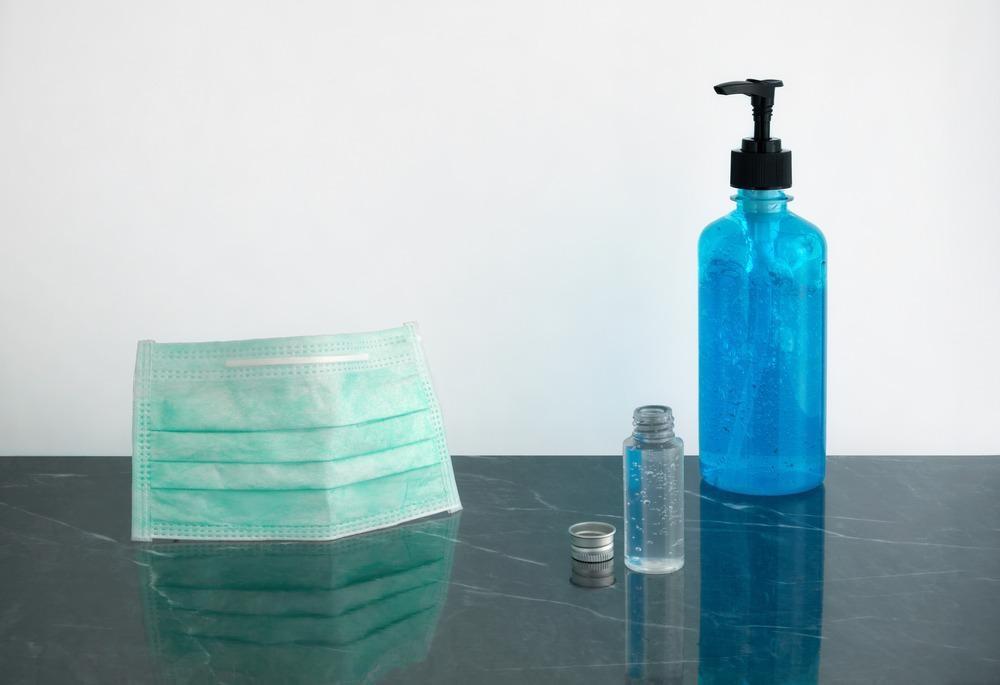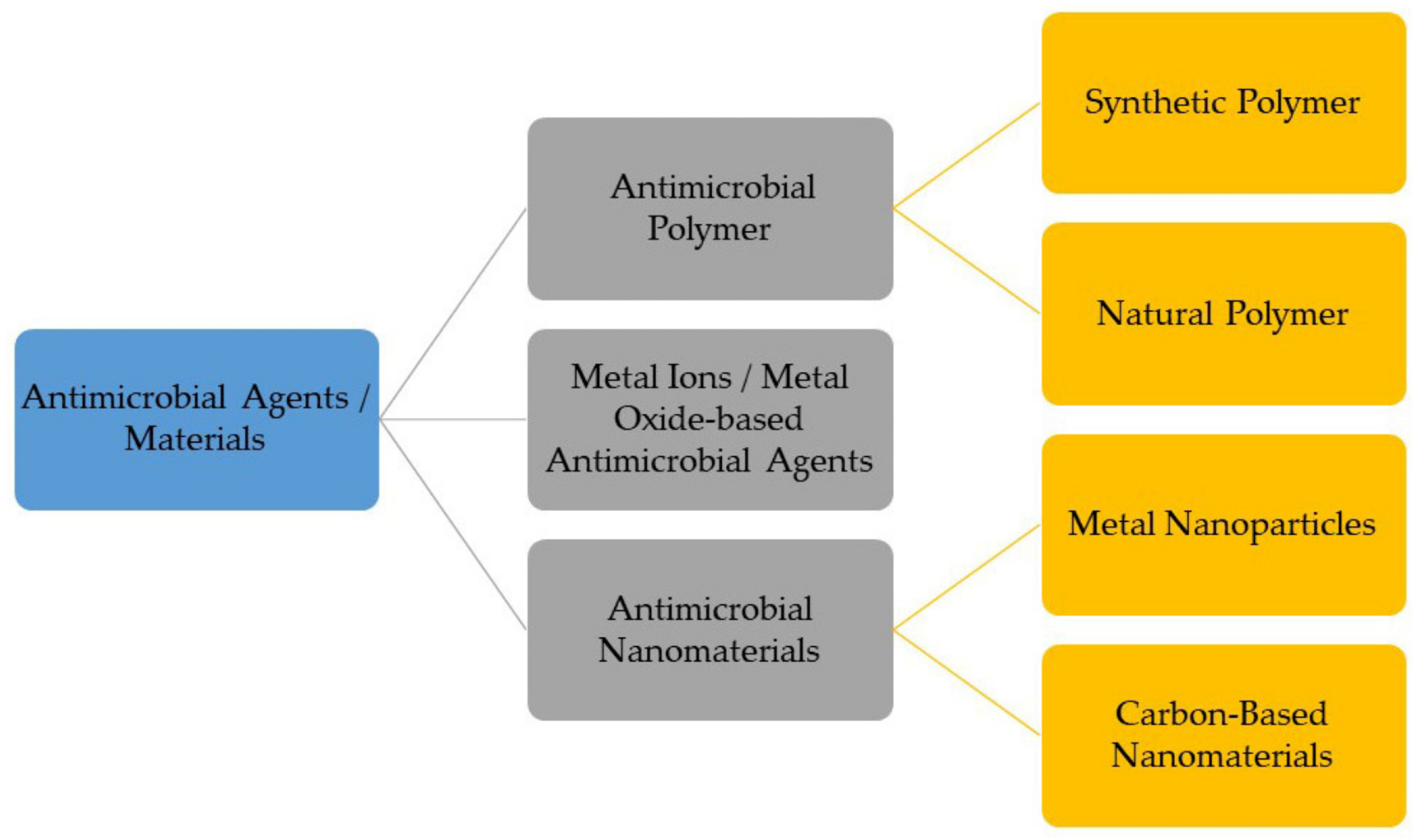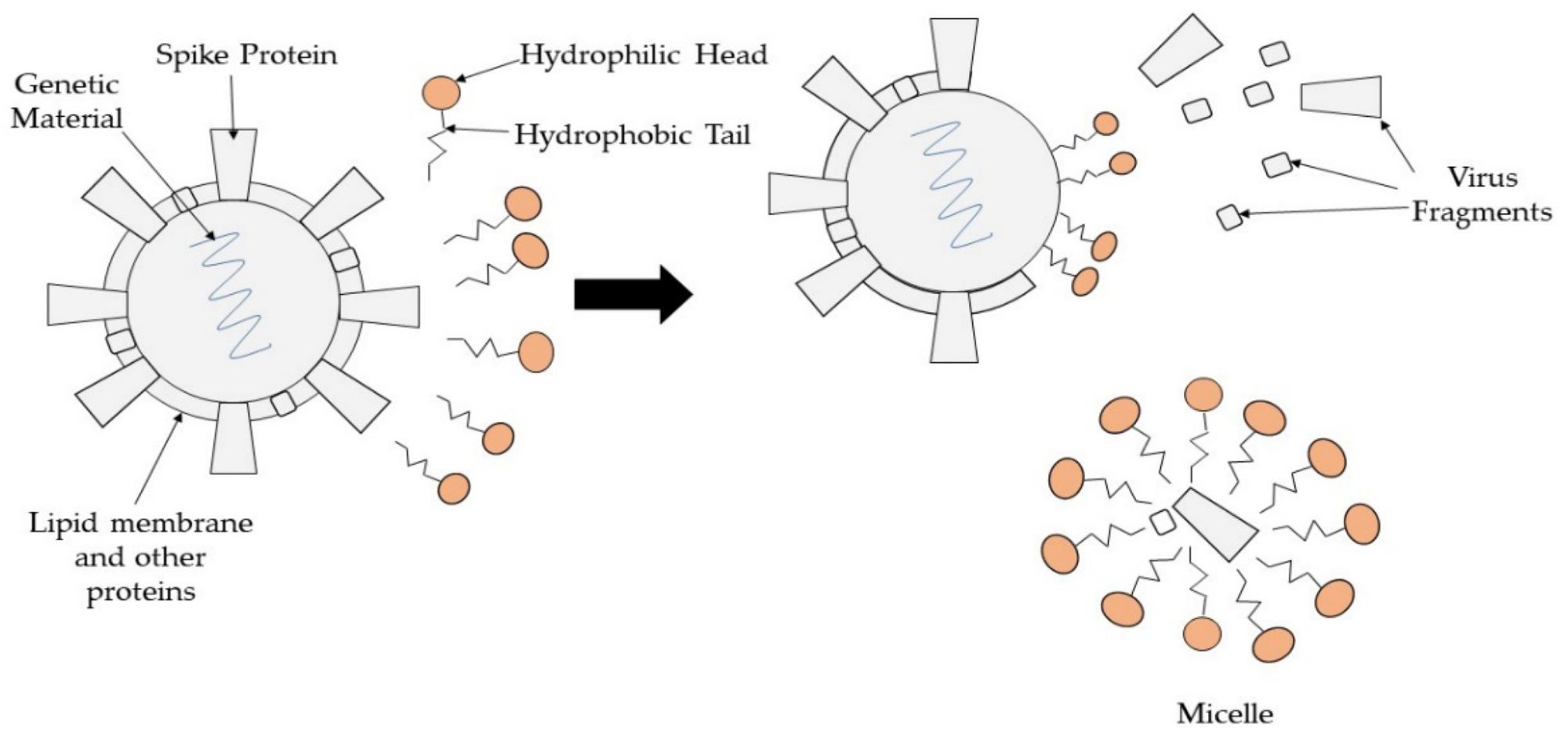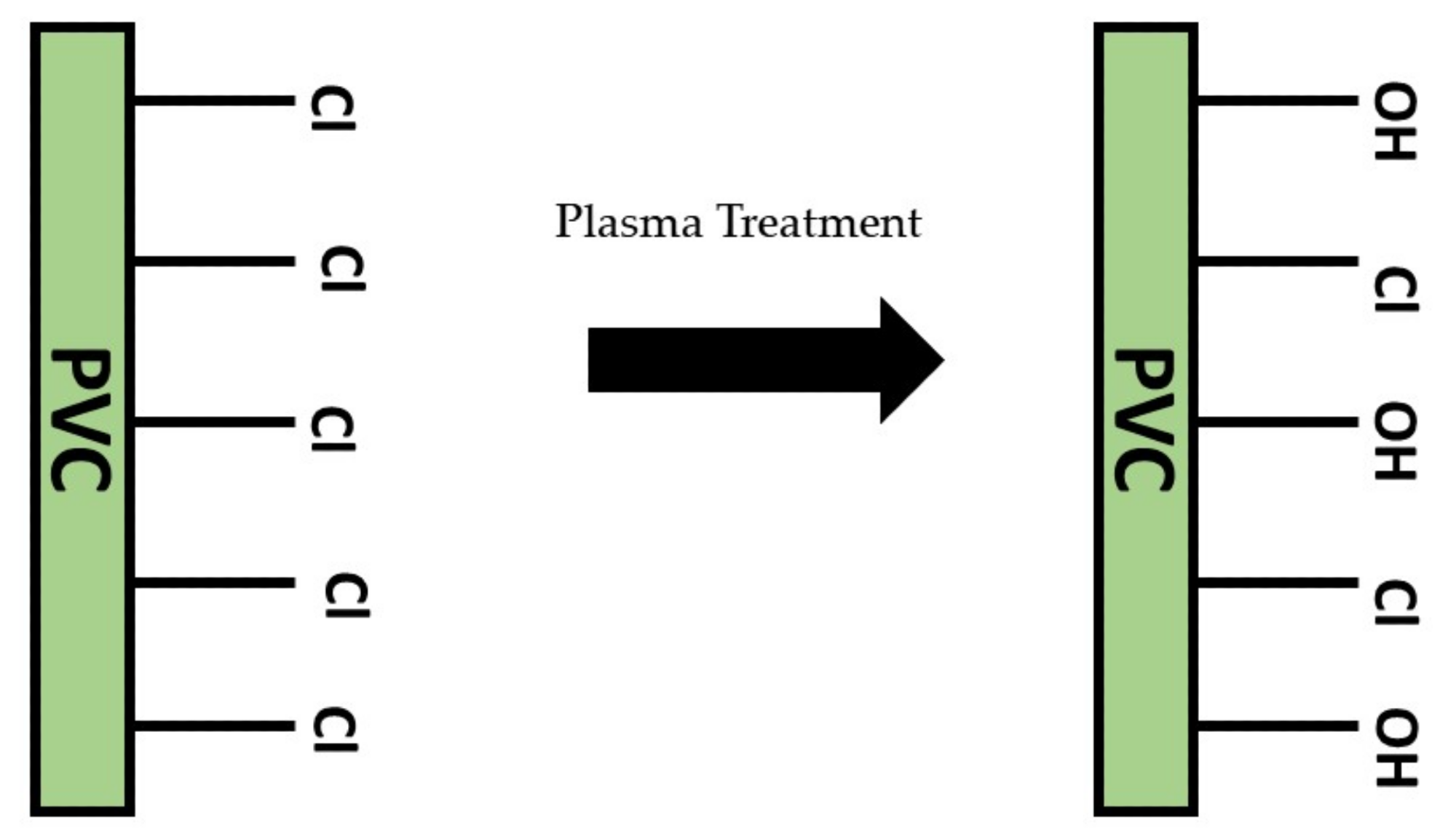The COVID-19 pandemic has prompted scientific collaborations and advances in the fabrication of antimicrobial and antiviral surface coatings; a key tool in minimizing and ideally mitigating viral and bacterial transmission to, from, and between human beings.
A new review presented in the Polymers journal aims to reflect on current work in this vital area and proposes a series of next steps for future developments.

Study: Past and Current Progress in the Development of Antiviral/Antimicrobial Polymer Coating towards COVID-19 Prevention: A Review. Image Credit: Ruben PH/Shutterstock.com
Antiviral and antimicrobial coatings are key to helping mitigate this method of virus transmission, with a range of metal-based coatings, polymer-based coatings, nanocomposite-based coating, and even functional nanomaterials either in use of being developed for this purpose.
These coatings typically include specific agents designed to hinder the growth of any microorganisms in contact with that surface. The application of these antimicrobial agents – for example, antibiotic compounds, metal nanoparticles, or quaternary ammonium compounds – is achieved by leveraging electrostatic or covalent interaction to create a passive pathogen-repellent coating or a surface-bound, active, antimicrobial, biocidal coating.
These coatings saw extensive use prior to the pandemic, throughout the medical and health fields. For example, the antimicrobial coating has seen a range of uses in medical device manufacturing – particularly those destined to be implanted into the body – in order to reduce the risk of infections related to these medical devices.

Classification of various antimicrobial agents/materials for the development of antimicrobial surface coating. Image Credit: Nasri, N et al., Polymers
When contaminated droplets from an infected individual land on common surfaces, COVID-19 can survive on these surfaces for up to 9 days. This means that contaminated droplets from an infected person – for example, deposited via coughs or sneezes - can pass on the virus to anyone touching or otherwise in contact with the contaminated surface.
It has been noted that routine surface disinfection processes using compounds such as sodium hypochlorite, hydrogen peroxide, and ethanol still leave a risk of COVID-19 virus transmission.
To help address this, work has been undertaken to develop new, self-disinfecting surfaces or surface coatings that have been specifically designed to suppress the persistence of COVID-19 on surfaces that humans are exposed to daily.
Much of this research has thus far focused on antimicrobial coatings based on antimicrobial polymers and nanocomposites, primarily due to polymer composites’ existing implementation and proven applicability in objects and surfaces; particularly medical devices in the healthcare sector.
The paper’s authors highlight the potential to enhance the antimicrobial and antiviral activity of these polymer composites to improve their resistance to various pathogens and viruses, citing this as a possible means of helping minimize the spread of COVID-19 infection.

Mechanism of surfactants for inactivating virus. Image Credit: Nasri, N et al., Polymers
They also highlight existing uses of nanomaterials in the fight against COVID-19, drawing particular attention to the development of a new vaccine based on lipid nanoparticle-formulated mRNA.
When developing antimicrobial or antiviral coatings, it is important that these are mechanically robust enough to coat any surface and maintain this coating in challenging environmental conditions. They must also be able to inactivate viruses and bacteria rapidly while ensuring the safety of users and anyone else in contact with that surface.
The authors also highlight that while many previous studies have looked into surface coatings with antibacterial capabilities, there is, as yet limited work on specifically antiviral surfaces and coatings.
By presenting a review of the current work in this area, the authors hope to showcase the current work in this field and provide the first steps towards the development of robust antiviral coatings able to halt the spread of COVID-19 via surfaces.
The review considers the current range of antimicrobial mechanisms and antimicrobial agents used in inhibiting the growth of pathogens and viruses, as well as comparing a range of essential surface properties which should be considered during the development and fabrication of an antimicrobial or antiviral coating.
These qualities are key to ensuring the surface is durable and that it delivers a consistent level of antimicrobial or antiviral activity; for example, its wettability, mechanical properties, and surface chemistry.
Hydrophilic surfaces were found to be very useful because these help to support robust adhesion of the coating to the surface. A range of chemical surface properties were also noted to impact virus adsorption due to the interactions that arise between the surface and the virus; for example, functional groups present on the surface and its surface charge.

Plasma surface treatment changing surface morphology and functional group formation on the treated surface. Image Credit: Nasri, N et al., Polymers
The review goes on to highlight a number of surface modification techniques that may be used to enhance and ensure the presence of these beneficial surface properties; for example, plasma surface treatment, chemical vapor deposition, and acid/alkali hydrolysis.
In terms of future work, the paper’s authors see advances in antimicrobial and antiviral surface coatings including the development of coatings that are responsive or sensitive to stimuli or changes in their environment.
Improvements in coatings’ biocompatibility are also expected to be key to their more widespread adoption, as improved biocompatibility – and therefore improved safety – will mean that these coatings can be applied to an array of existing surfaces ranging from keys to door handles.
With the COVID-19 pandemic continuing to have a serious impact throughout the world, effective means of limiting the spread of infection – such as minimizing transmission via surfaces - will be key to ensuring a rapid and sustainable global recovery.
References
Nasri, N.; Rusli, A.; Teramoto, N.; Jaafar, M.; Ku Ishak, K.M.; Shafiq, M.D.; Abdul Hamid, Z.A. Past and Current Progress in the Development of Antiviral/Antimicrobial Polymer Coating towards COVID-19 Prevention: A Review. Polymers 2021, 13, 4234. https://www.mdpi.com/2073-4360/13/23/4234
Disclaimer: The views expressed here are those of the author expressed in their private capacity and do not necessarily represent the views of AZoM.com Limited T/A AZoNetwork the owner and operator of this website. This disclaimer forms part of the Terms and conditions of use of this website.